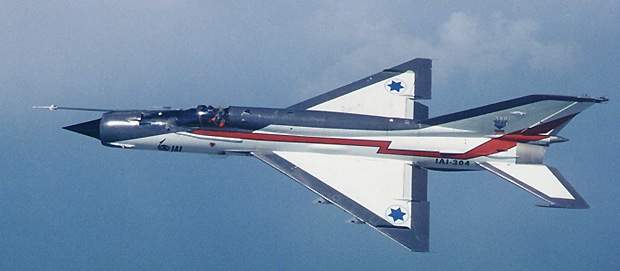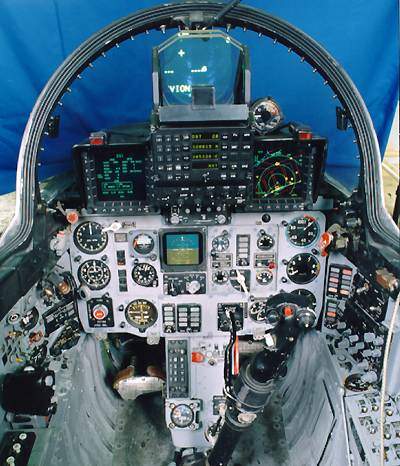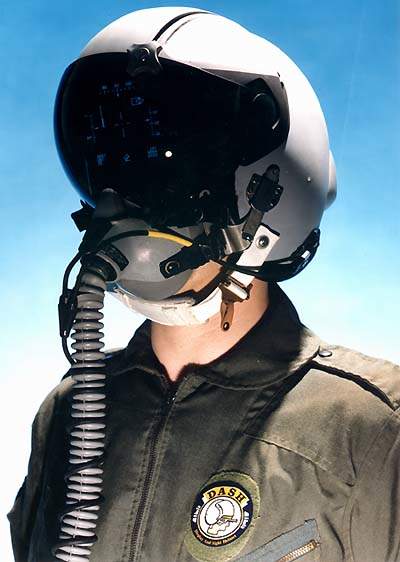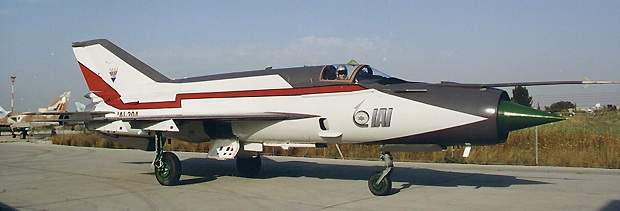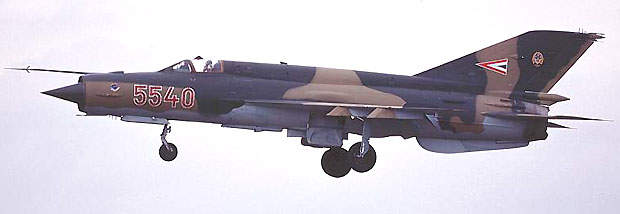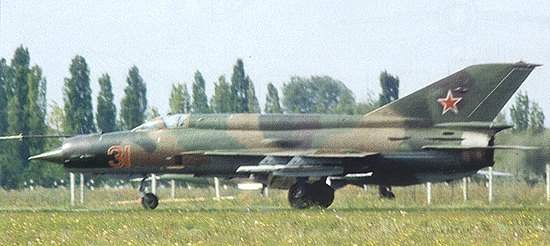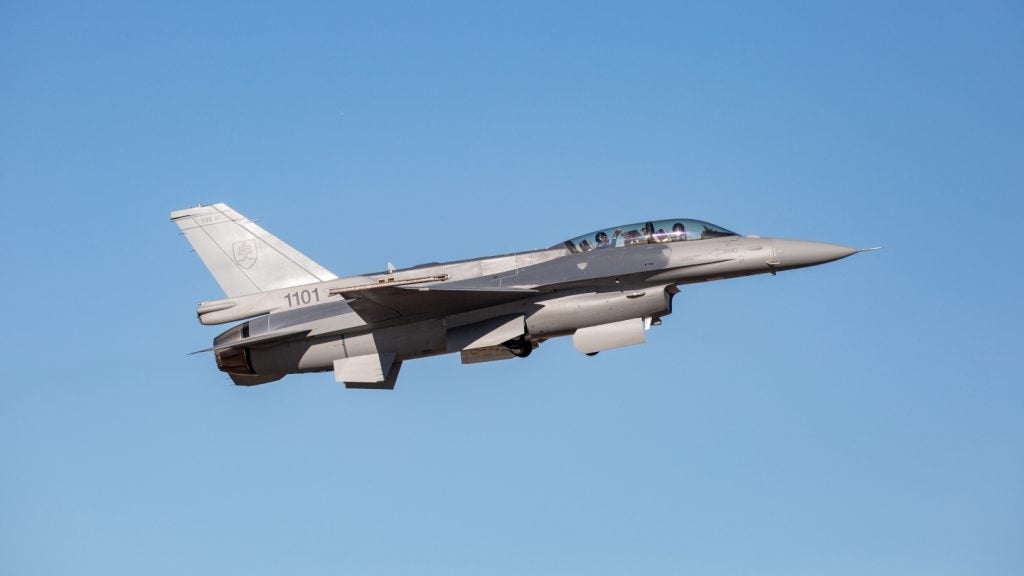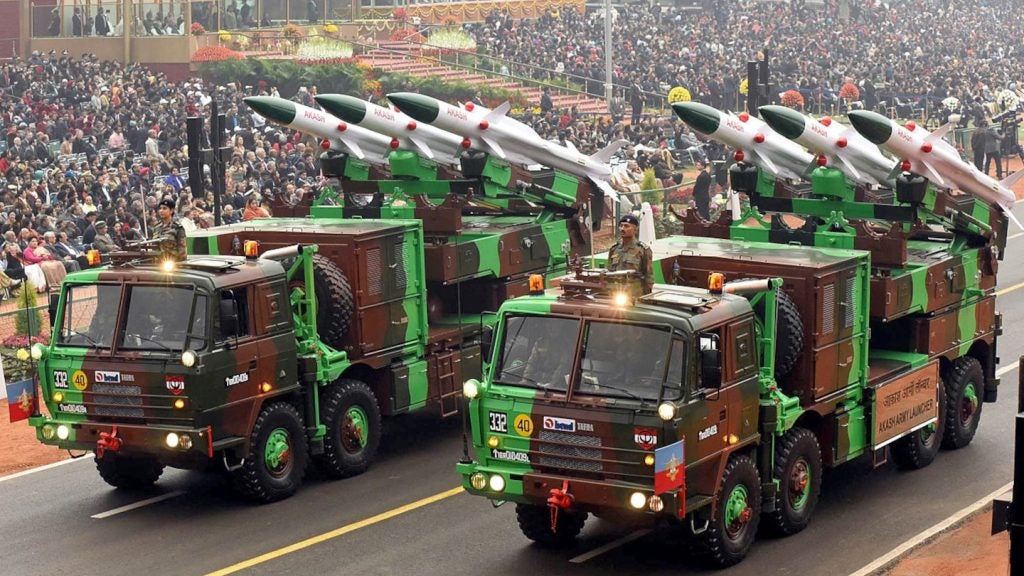The MiG-21 2000, developed by the Lahav Division of Israel Aerspace Industries (IAI), is an upgraded fighter and ground attack version of the MiG-21 fighter aircraft. The original MiG-21, a short-range interceptor, was manufactured by MAPO MiG (now RAC MiG) of Russia. Over 10,000 MiG-21 aircraft have been manufactured and the aircraft is in service with the air forces of at least 33 countries.
The MiG-21 2000 upgrade provides modifications to the cockpit configuration, avionics architecture and weapons systems, enabling the MiG-21-2000 to compete with Western developed fighters and to make the transition to Western standards.
Each modernisation programme is tailored to meet the customer’s specific operational and budgetary requirements. The aircraft’s original systems and components have been retained wherever mission effectiveness is not compromised.
The first test flight of a Lahav upgraded MiG-21 took place on 24 May 1995, and the new advanced version of this aircraft completed its first test flight in April 1998.
MiG-21 2000 cockpit
The MiG-21 2000 cockpit features a new pilot-friendly layout, incorporating a head-up display (HUD), eye-level multifunction colour displays, hands on throttle and stick control (HOTAS), solid-state charge coupled device (CCD) camera, videotape recorder, and one-piece windshield.
This design overcomes the shortcomings of the original cockpit layout, which is crowded and lacks most of the desired man-machine interface characteristics.
The MiG-21 2000 fighter aircraft can be equipped with a display and sight helmet (DASH) system, supplied by Elbit of Haifa, which enables the pilot to aim the weapons simply by looking at the target. The system works by measuring the pilot’s line of sight relative to the aircraft, and transfers the information to the aircraft’s sensors, avionics and weapon systems. The helmet displays vital information, such as the missile line of sight, missile status, flight information and warning data, on the visor. The DASH helmet allows the pilot to fly head-up and off-boresight and assists the pilot to detect, identify and shoot earlier.
Weapons
IAI Lahav has augmented the original weapons system by introducing a new armament interface and control unit, which enables computerised control and release of weapons, including third and fourth-generation air-to-air missiles. This system also gives the pilot the ability to use blind attack as well as continuously computed impact point (CCIP) and dive-toss bombing techniques. CCIP bombing involves the deployment of air-to-ground weapons, using the HUD to indicate the
impact point for release of the weapons. Dive-toss bombing involves the release of air-to-ground weapons at the end of a steep dive manoeuvre towards the target.
The upgrade package for the MiG-21 gives the aircraft beyond-visual-range capability. The MiG-21 variants are capable of deploying a range of air-to-air weapons on the four underwing pylons, in addition to the AA-2 Atoll air-to-air missile or the anti-radar AA-2C Atoll missile.
The Python missile, developed by Rafael in Haifa, is suitable for very close combat and medium-range interception. Python 4 incorporates digital electronics and an advanced multi-frequency seeker with powerful counter countermeasures (ECCM) and background rejection.
In order to enhance the upgraded MiG-21’s defensive capabilities, the electronic warfare systems have also been upgraded.
Avionics of MiG-21 2000
The avionics system is based on Lahav’s integrated modular avionics architecture, which uses a centralised mission and display processor, developed by IAI with the cooperation of Astronautics Co. Israel. In addition, the use of a new inertial navigation and global positioning system (INS/GPS) and air data computer ensures increased navigation and weapons-release accuracy.
The gross fuel volume in the MiG-21-2000 is 3000l due to the reduction of the scale of the avionics and related hardware.
The working fighting range of the aircraft was almost 50% greater than the initial design, taking into account the outboard fuel tank of 1200l.
If required, the MiG-21 2000 can be fitted with an EL/M-2032 radar, developed by IAI Elta Electronic Industries, based in Ashdod. The radar, which uses a low sidelobe planar array antenna and pulse Doppler beam sharpening, provides all-altitude, all-aspect look-up / look-down and shoot-down capability.
The presence of strong station EL / M 2032 in conjunction with such a rocket produces a device within line of sight that has a combat reach.

